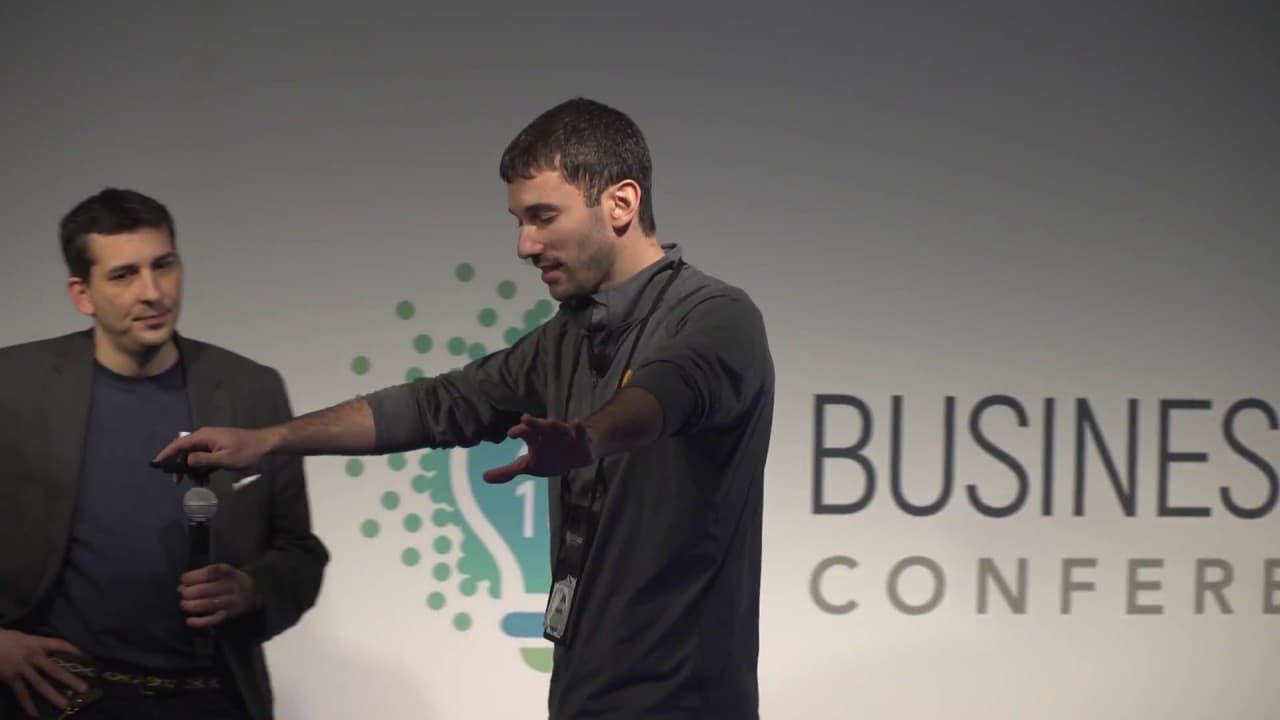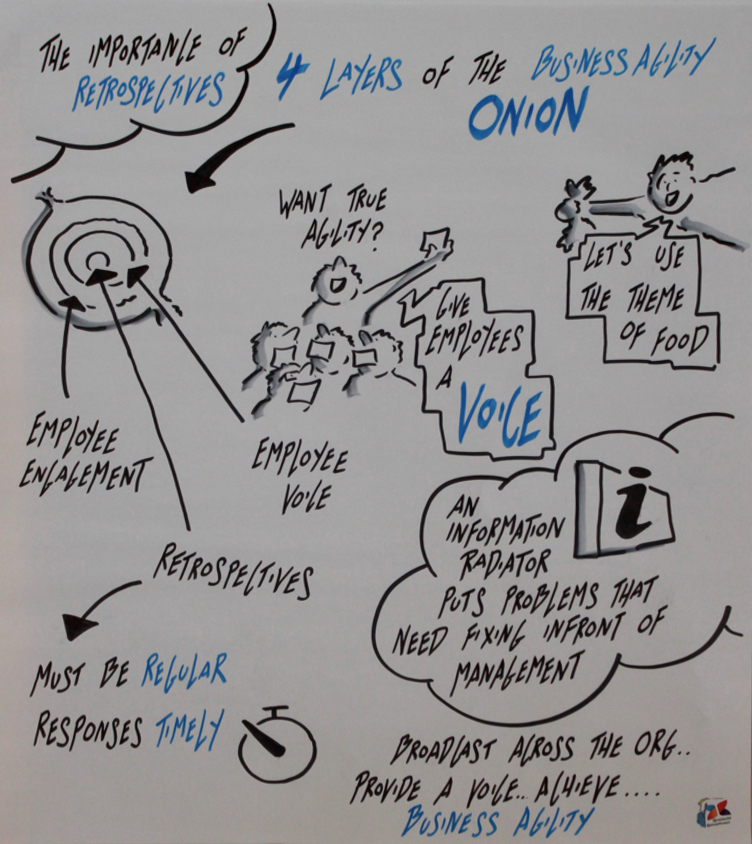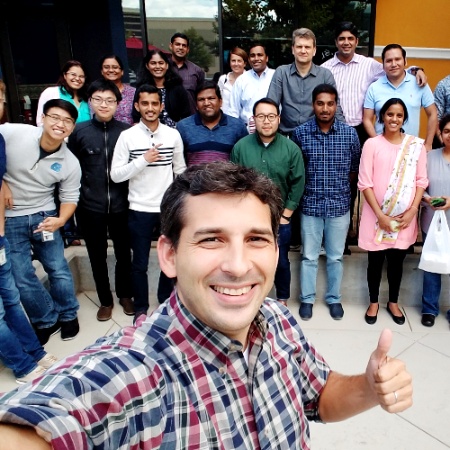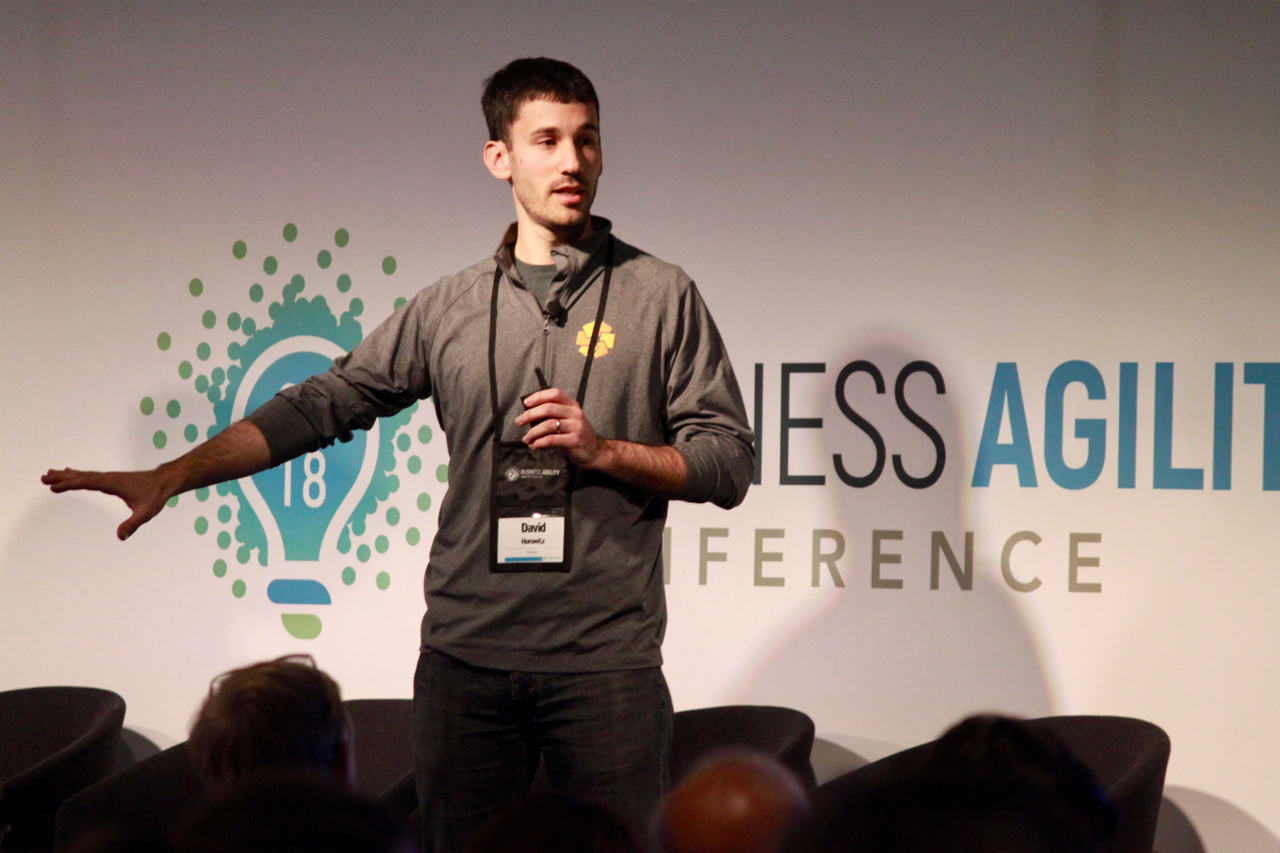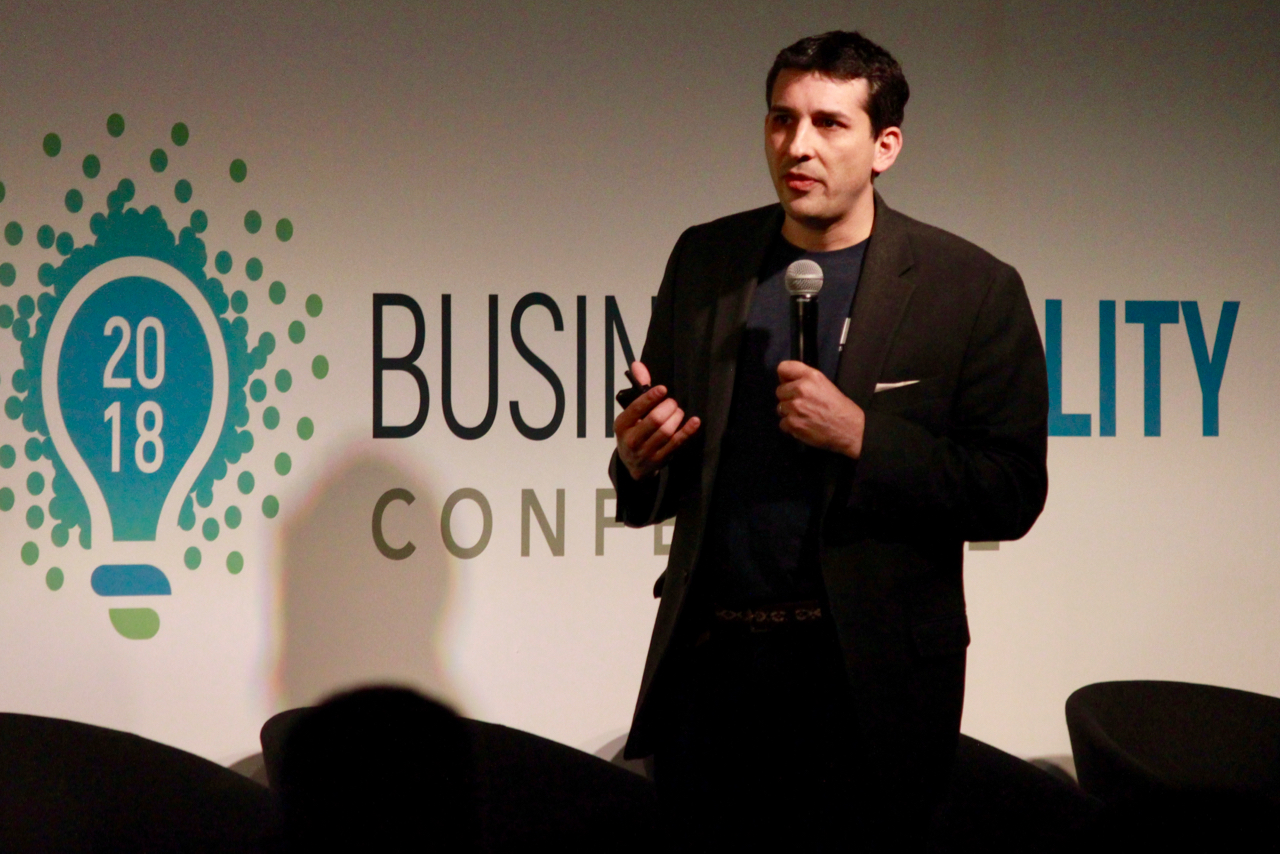A software developer, a project manager, and their boss are walking to work one morning when they come across a lamp. They pick up the lamp and give it a little rub on the side, and much to their surprise, out pops a genie. The genie looks at them and says, "Today, my friends, is your lucky day. Each of you has one wish, and I'll make those wishes come true."
The software developer looks at the genie and says, "Genie, I want you to transport me right now to the Bahamas, where I'm going to be snorkeling in the crystal-clear Caribbean Sea without a care in the world." The genie says, "Okay, your wish is my command," and off goes the software developer.
The project manager looks at the genie and says, "Genie, I want you to transport me to Hawaii, where I'm going to be getting a massage on the beach at sunset. And I want there to be an infinite supply of piña coladas." The genie grants the wish, and off goes the project manager.
Finally, the boss looks at the genie and says, "Genie, I want the project manager and software developer back here by lunch."
Hi everybody, I'm David Horowitz, CEO and co-founder of Retrium. We make software to help you run better agile retrospectives, especially if you have a distributed team. I'm joined today by Matias Niño, Agile Project Manager at REI Systems.
Understanding the Business Agility Onion
We just got back from lunch, and today, we’re going to talk about food. In particular, I want to talk about onions. There are four layers to the business agility onion that I’m going to discuss today. At the core of this onion is an agile practice that all of you have heard of—83% of us practice it—but very few of us are effectively deploying it up the value chain to business agility.
So, without further ado, let’s start peeling back the business agility onion.
The Primary Driver of Business Agility
The question we have to ask ourselves is: What is the primary driver of business agility? Fortunately for us, we have Steve Denning in the house. He has identified three laws that most of us are probably familiar with:
- The Law of the Small Team
- The Law of the Customer
- The Law of the Network
For the purposes of this presentation, I’m not going to go into the details of these three laws. Suffice it to say, they are critical and important. If you haven’t heard of them yet, please talk to Steve.
What I am going to focus on, however, is one truth that underpins and crosscuts these three laws. To explain this, I’m going to tell you a story about two companies—not Pepsi and Coke, not Nintendo and Sega, not Microsoft and Apple, but two companies locked in eternal battle in the vegetable industry. Continuing our food theme, I introduce to you two imaginary companies: Company Alfalfa Sprouts and Company Broccoli.
The Tale of Two Companies
These two companies are identical in almost every way. They serve the same consumer: the health-conscious eater who doesn’t care how food tastes. However, there is one key difference—employee engagement.
At Company Alfalfa Sprouts, employees don’t enjoy their work. They are actively disengaged. Meanwhile, at Company Broccoli, employees love what they do. They are energized and motivated.
Now, imagine that a new market entrant appears, competing head-to-head with Alfalfa Sprouts and Broccoli: kale. A recent survey found that 75% of people hate kale, while the other 25% are lying. Still, kale has arrived, and both companies must adapt.
The CEOs of both companies announce, "We must respond to this threat. We’re going to change our product offering and marketing strategy." Which company is better positioned to respond? Clearly, Company Broccoli.
So, the first layer of the business agility onion is employee engagement. Without engagement, you will not have business agility.
What Drives Employee Engagement?
Let’s return to our story. Both CEOs have tried to drive employee engagement. At Company Alfalfa Sprouts, they offer benefits such as free massages, chocolates, free lunches, and unlimited vacation. We all love these things, but do they drive engagement?
Consider this conference. We just had a great lunch, and for many of us, it was free, paid for by our employer. But does a free lunch impact your engagement during the talks? Of course not. It’s the same at work—free perks do not create engagement.
Meanwhile, at Company Broccoli, they may or may not offer these perks, but what truly matters is that employees feel their voices are heard. In our industry, we call this employee voice. For knowledge workers, having a voice is a key driver of engagement. If you don’t feel like your ideas matter, you won’t be engaged in your work.
How to Foster Employee Voice
At Company Alfalfa Sprouts, the CEO has implemented three engagement initiatives:
- Suggestion boxes at all boss offices
- Annual employee surveys
- Town halls
These don’t work. Suggestion boxes? A former boss of mine once told me, "I love suggestion boxes because when people put their ideas in, I can take them out, crumple them up, and throw them away." Annual surveys? The cycle time is too long. By the time issues are identified, it might be a year before they’re addressed. Town halls? Only the extreme extroverts speak up.
Effective employee voice requires two key rules:
- Feedback must be regular. Employees must have the opportunity to provide feedback on demand.
- Responses must be timely and impactful. If employees provide feedback and don’t hear a response for six months, it’s not a voice—it’s shouting into the void.
When you think about it, this starts to sound a lot like agile. Feedback loops, responsiveness, and impact—this is what drives business agility. And there is one agile practice that embodies these principles: the team retrospective.
Retrospectives: The Key to Employee Voice
Retrospectives provide regular feedback opportunities. However, most organizations struggle with the second rule—ensuring responses are timely and impactful.
At REI Systems, Matias Niño and his team discovered the power of retrospectives in a government setting. By creating an information radiator that made external impediments visible to leadership, they saw immediate action on issues, leading to an explosion of new ideas for improvement.
This is where we need to change the mantra: "What happens in retros, stays in retros." While retrospectives should be safe spaces, we must also ask: What issues need to be broadcasted beyond our team? Creating a retrospective radiator—a visible board outside team rooms displaying key learnings, hypotheses, action items, and organizational impediments—helps drive change.
Closing the Feedback Loop
For retrospectives to be effective, feedback must not only be collected but acted upon. Agile coaches and leaders must inspect retrospective radiators, identify recurring themes, and escalate critical issues to management. Management, in turn, must close the loop by responding to teams in a short cycle time.
If we achieve this, retrospectives will empower employees, fostering engagement, which in turn drives business agility—the goal we all seek.
Thank you very much.

